Discover the different types of basil plants and their unique flavors. From sweet to spicy, there’s a variety of basil for everyone!
Basil is a well-known culinary herb that has been popular throughout the ages and is used in many dishes – especially Italian. It can be used, of course, in cooking, but it is also able to aid in digestion by being used as a tonic by steeping the leaves in wine for hours, for example.
It can also be steeped in water to make tea for the same purpose. Fresh leaves in a hot bath relax the muscles and a drop of basil oil on the temples can counteract mental fatigue. In ancient times, basil was used to deter flies which makes it a great plant to line windows with.
Common Uses of Basil
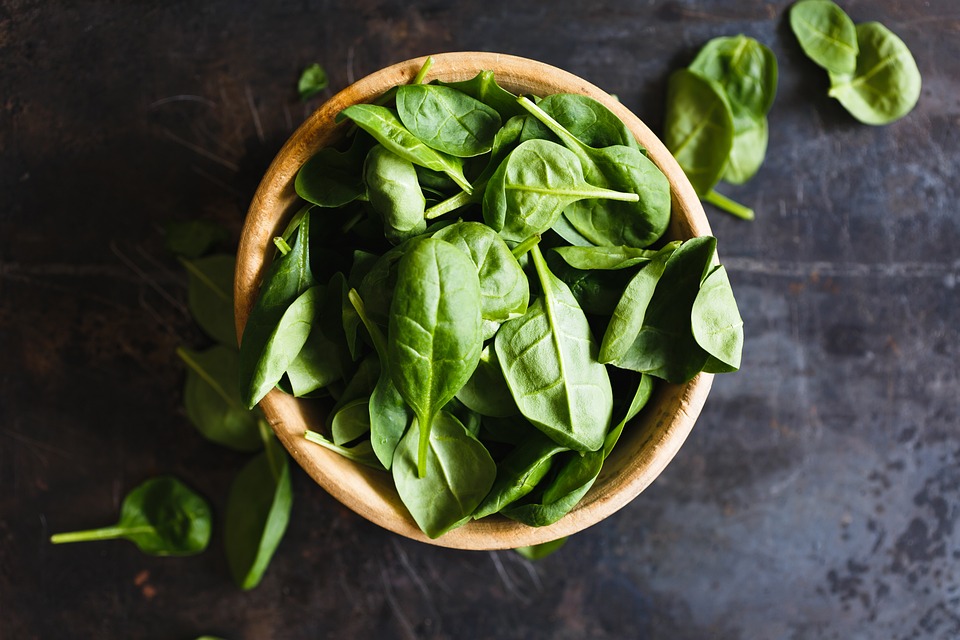
Basil can be made into oil by pounding/grinding the fresh leaves to release their aroma and mixing it with quality vegetable oil. It can be frozen if coated in olive oil first and fried when stored in salt.
Basil is most commonly used for cooking in pesto, certain kinds of vinegar, or tomato sauce. In particular, it is great for sprinkling over sliced tomatoes, salads, and pasta for an added flavor. However, to maximize flavor, tear the basil leaves – do not chop them.
When growing basil, it can be tricky and needs sun, heat, and well-drained soil. It’s best to wait to plant it outside until spring when the temperature is warming up. They can be grown in raised beds, elevated planters, or pots with excellent drainage – all with a high-quality potting mix.
Basil comes in such a variety of flavors that it is important to know what type of basil is being used in order to flavor-match best. This article covers the different types of basil plants as well as their growth rundown, flavor profile, and common uses.
Why Try Different Types Of Basil?

There are several reasons to grow (and know about) different types of basil. For example, the variety of flavors, the internationality, and comes in a variety of forms and foliage colors.
Thai basil adds a burst of anise/licorice to stir-fries and curries (aptly named Thai because of it) while lemon-lime basil adds a citrus feel and mild lemon flavor making it great for teas, salad dressings, and marinades while sweet basil has a classic spicy clove flavor that makes it a favorite to use in pesto.
As evidenced above with Thai basil in curries and sweet basil in Italian pesto, using different basil in different dishes from around the world is key in helping that dish have the desired, international flavor.
Furthermore, basil comes in a variety of forms and foliage colors making it not only delicious but also decorative. While it is not mentioned in this list but is evidence of the vast variety in types of basil plants around the world, Aristotle is a variety of Greek basil that forms tight one-foot-tall (0.3 meters) balls of flavorful leaves which makes it great for pots or edging beds.
Columnar basil (also not mentioned in this list) has a variety called Pesto Perpetuo which grows one foot (0.3 meters) across and up to three feet (0.9 meters) tall which makes it great in pots or planters.
Thai basil, which is on the list below, has deep green leaves with purple flowers and stems that bring in bees and other beneficial insects to the garden which improves not only the aesthetic of the garden with its deep colors but also the health of the garden with the insects.
Types of Basil Plants
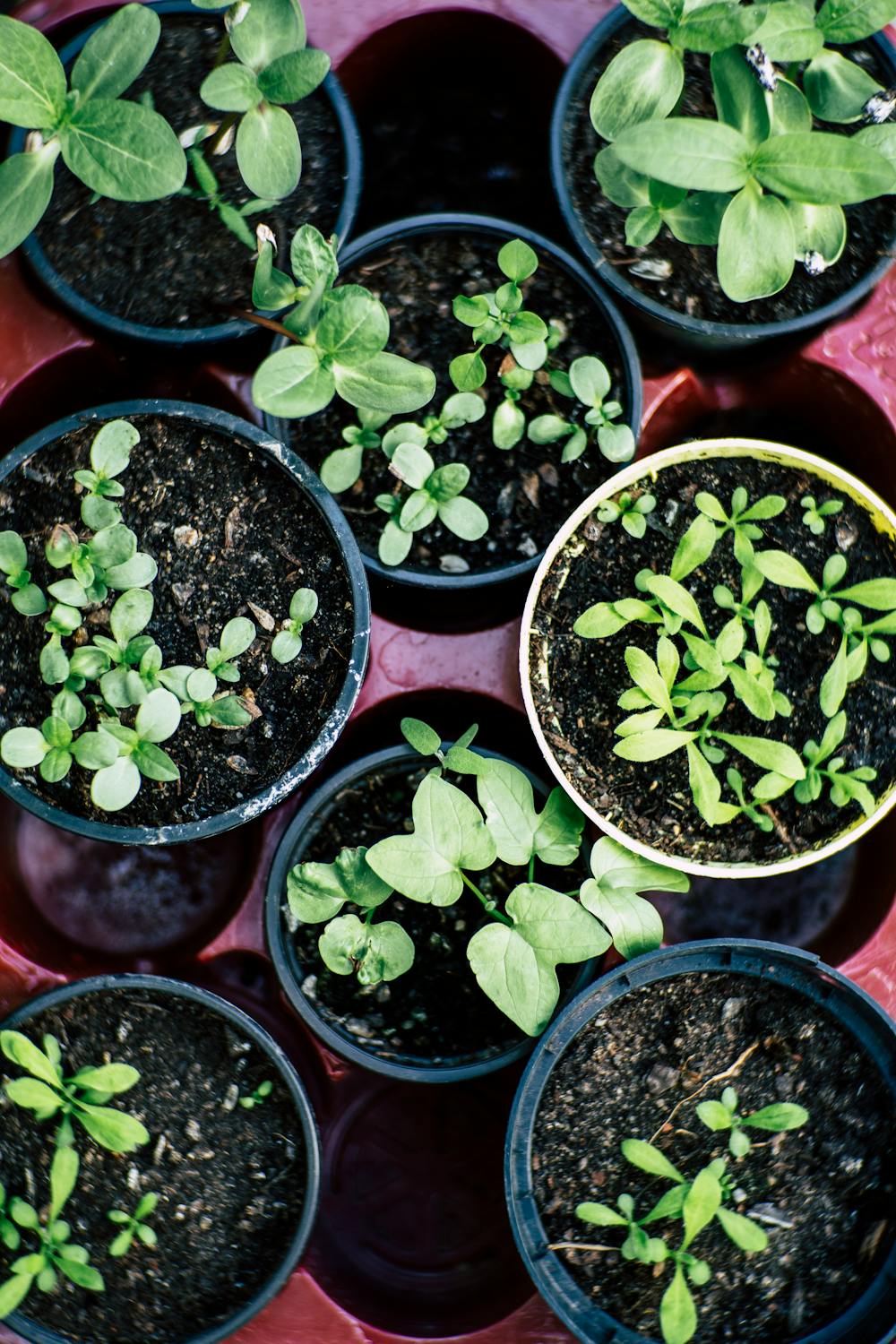
With over 160 types of different cultivars of basil, the flavor ranges from mild and sweet to bold and spicy. Each type gives a different taste to any given dish. Below are the ten most common types of basil, what they are good in, their flavor profile, and how they are best grown.
Most bail plants are sensitive to cold temperatures and grow best when the average temperature is around 70ºF – that’s a big reason why they work so well as indoor plants. Basil seeds germinate in roughly five to seven days. Basil plants prefer sunny locations and well-watered, fertile soil.
1. Sweet Basil

Sweet basil, also known as Ocimum basilicum, is the basil most often sold in the grocery store and it’s an incredibly common variety of basil that is often used in marinades, salads, and pestos.
It most often has a medium green coloration and a rounder, cup-shaped leaf design; although, it can also have large lettuce-like leaves and small leaves that are only about two inches long. It grows from 12-18 inches tall.
The Romanesco variety of sweet basil has large leaves and a strong aroma whereas the midinette – aptly named – has a medium-sized, compact leaf. The Napoletano is the standard lettuce-leafed sweet variety of basil. Sweet basil is also known to be able to repel mosquitos for which we also recommend to read more at https://www.mosquito-authority.com/all-natural-mosquito-alternative/.
2. Genovese Basil
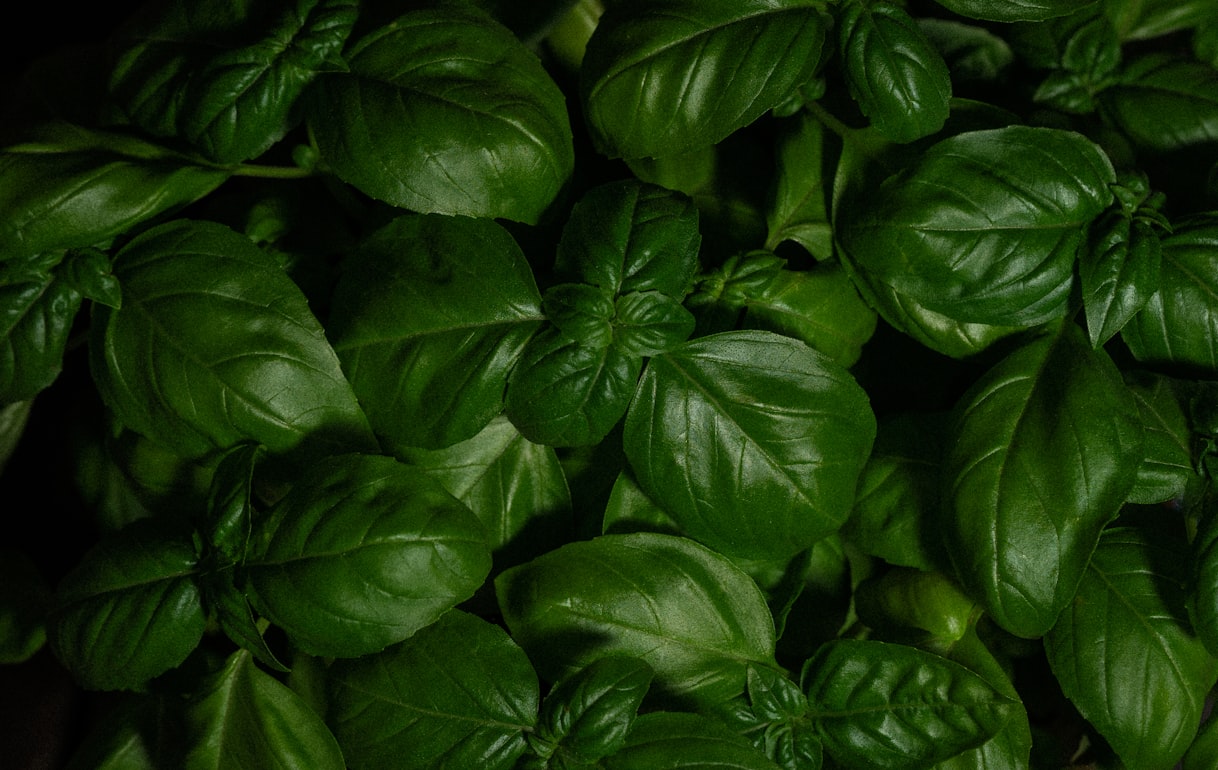
The Genovese variety of basil is the classic Italian basil which is characterized by its extra-large and dark green leaves.
The Genovese basil, like the sweet basil, is great in pesto dishes but is the more commonly used basil for Italian dishes. Some growers and basil cultivars use the Genovese and Sweet basils interchangeably and some even call them the Sweet Genovese Basil variety.
However, the Genovese basil, although descended from the Sweet basil variety, actually has a stronger aromatic flavor than the sweet basil along with having flatter leaves in comparison.
Coming from the Genoa area in Italy, which is the pesto capital of the world, there are three main varieties of the already varietal Genovese basil. The classic, which is known as the Genovese, the compact variety known as the Emily, and the Dolly which is colder tolerant and produces heavier larger leaves.
3. Thai Sweet Basil

Thai Sweet Basil, scientifically known as the Ocimum basilicum var. (variety) thyrsiflora, is a very popular basil variety due to not only its taste but its coloration and beauty.
It’s an essential ingredient when making Pho, curries, stir-fries, noodle dishes, and salads – especially recipes which hail from Eastern Asia. Asian dishes often feature Thai Sweet Basil such as the Thai Basil Chicken or Spicy Sesame Noodles.
Unlike many other basils, Thai Sweet Basil has a spicy, licorice flavor to it. In fact, this variety of basil is able to keep its flavor throughout cooking – even at high temperatures – which is uncommon compared to other varieties of basil.
Besides the flavor, the leaves are what make Thai Sweet Basil a favorite. It has deep green, pointed leaves and it contrasts well with the reddish-purple stems and flowers.
The variety of Thai Sweet Basil known as the Siam Queen is an all-American favorite in basil competitions and has been engineered to have improved characteristics such as excellent flavor, slow to flower, and compact growth.
The flowers bloom at the end of the season and they can grow up to two feet tall and be harvested after 60 days from implementation.
4. Purple Basil

Ocimum basilicum var. Purpurascens, also known as purple basil, received its name for its good looks. It has a strikingly strong, dark burgundy coloration that provides a beautiful contrast against the other plants in herb gardens.
While it’s not a particularly sweet flavor, it does have a stronger clove taste and is highly aromatic which makes it ideal to steep in oil or vinegar. Plus, the color of the leaves leaks into the food so it provides a reddish-purple color in the dish or oil, as well.
Although the leaves are gorgeous, they can be difficult to grow and be less vigorous than their greener-colored cousins. The trick to keeping this beautiful variety of basil alive is to provide them with rich, well-draining soil and plant them a week or two after the last spring frost.
The Dark Opal basil is a variety of Purple basil that is both delicious and beautiful. It grows to be up to 18 inches tall and reaches maturity in 80 days. Its leaves grow medium-large to be around 1 inch in size.
5. Lemon Basil

Lemon basil (Ocimum basilicum var. citriodorum) is becoming an ever-more-popular variety of basil which can often be found in garden centers and local nurseries due to its high-in-demand lemony taste.
In order to release the best flavor from the plant, crush the leaf or tear it – don’t cut it. It is fantastic in grilled vegetables, desserts, fish dishes, and poultry marinades. If the leaves are dried, they make for a wonderful citrus tea, too.
The lemon basil plant typically grows between one foot to 18 inches tall and has lighter green leaves compared to the sweet or purple basil. It thrives in heat and hotter climates and grows very well in gardens, containers, and pots. It gives off an incredible citrus aroma and flavor.
A common variety of the lemon basil is the Mrs. Burns Lemon Basil which is rather standard and most plants reach a foot-and-a-half in height which is taller than most citrus-type basil plants.
6. Lime Basil
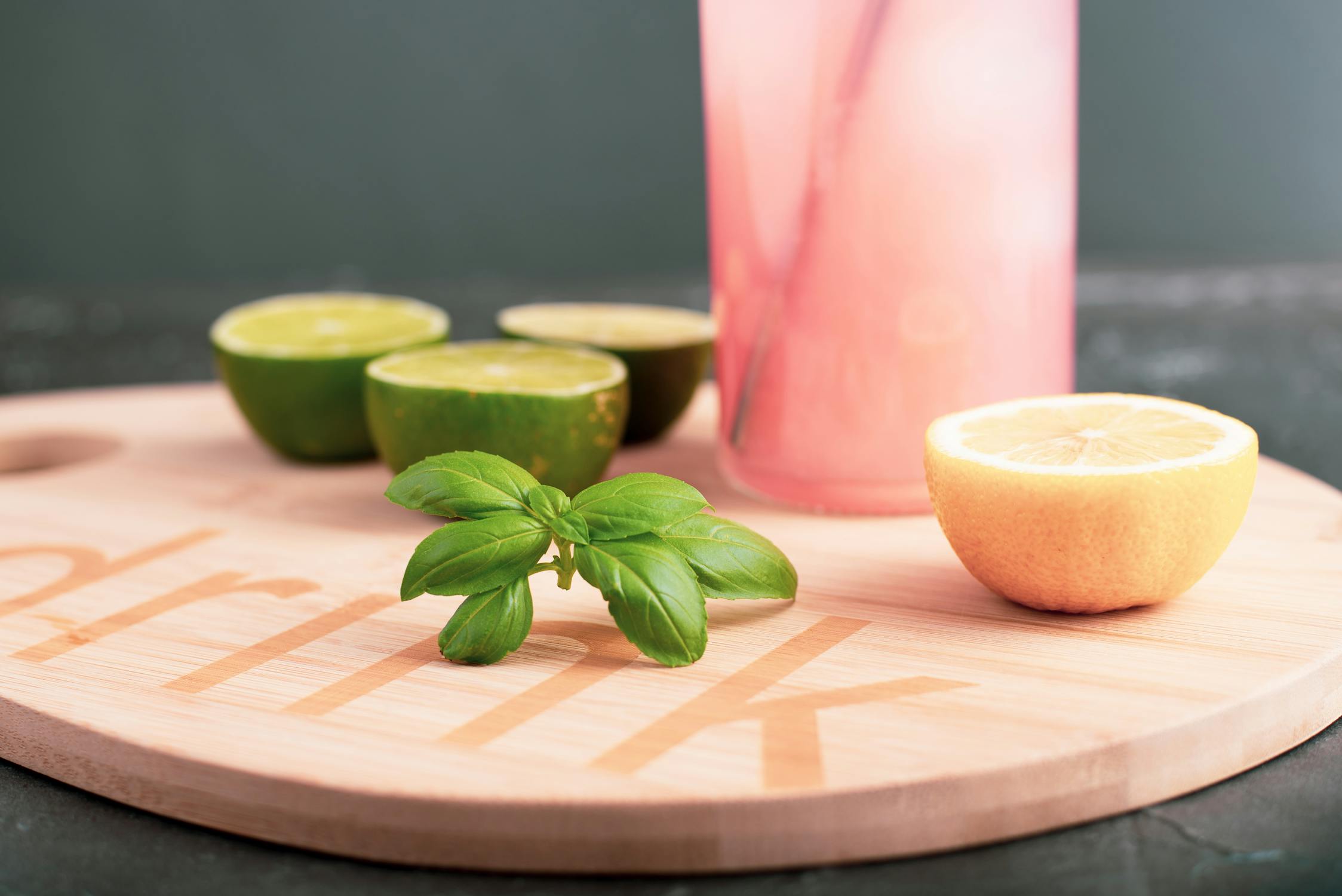
Lime Basil is not to be confused with lemon – although they are quite similar. If you love citrus, planting lime basil, as well as lemon basil, might be the way to go.
Although it is not as popular or common as the lemon basil, some gardeners grow both the lemon basil and lime basil together in the garden to bring out the lemon and lime flavors for an intriguing flavor combination.
Lime basil is a basil variety that has a bright, citrus flavor, but is sweet and mild, as well. The leaves are narrow in shape but bright green and the plant itself grows between 16 to 24 inches tall.
This variety of basil can be used similarly to lemon basil and is best in teas using its dried leaves, or sauces and desserts. It also makes a wonderful addition to limeade, lemonade, cocktails, or even to spice up a simple glass of water.
7. Lettuce Basil
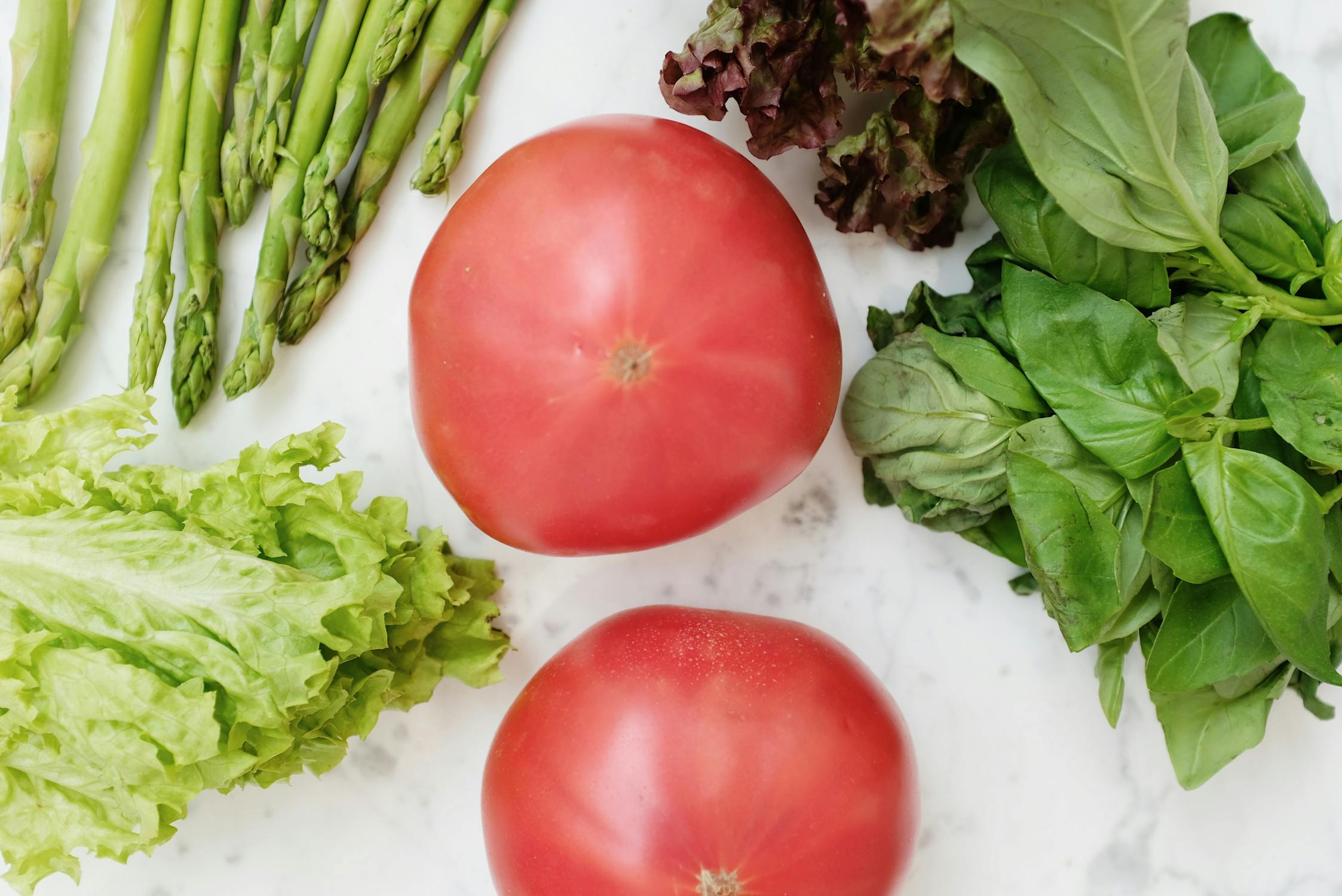
Lettuce basil is quite different from its other varietal basil counterparts due to its distinctive appearance with floppy, large, and wrinkled leaves. Thus, looking similar to lettuce and from where its name derives.
Like regular lettuce, lettuce basil works wonderfully in fresh dishes and salads considering that the leaves are between six to ten inches in length but only four inches wide. It only grows to about one foot tall in height and grows/flowers quite slowly throughout the heat of summer before seeding.
Lettuce basil is an Italian basil, like the Genovese basil. However, it has a mild flavor. Due to its leaf size, it is also ideal to use in wraps as other types of basil plants are often too small – depending on the desired flavor, of course.
8. Green Ruffles
Like many types of basil plants, Green Ruffles basil is aptly named. It has curled leaves that make it a beautiful variety of basil to grow in the garden. It’s larger than sweet basil and can grow up to two-feet tall.
The leaves themselves are four to six inches long and the plant can be harvested as soon as 70 days after going to seed. Its flavor profile, like sweet basil, is mild and delicate which makes it a fantastic and decorative addition to pasta dishes and salads.
9. Holy Basil
Tulsi basil, coming from South Asia and meaning the “incomparable one” is another name for Holy basil. It’s considered a sacred plant in Hinduism – thus, the “holy” in the name.
This type of basil plant is highly fragrant due to its sweet and spicy yet musky aroma. Holy basil is slightly bitter when eaten raw and much better when cooked.
As it is a common plant in India, it is also a common ingredient in meat curries and other Indian cuisines.
Holy basil is not only a cuisine ingredient, but it is also a common ingredient for medicinal and religious purposes, as well. It is used to promote blood circulation, treat kidney ailments, and stomach problems.
10. Cinnamon Basil
Ocimum basilicum ‘Cinnamon’, commonly referred to as Mexican basil or Cinnamon Basil lives up to its name. It is a spicy, fragrant type of basil plant both in flavor and aroma – it will make any garden smell lightly of cinnamon.
Although the leaves are smaller than sweet basil, this variety of basil also looks more beautiful in the garden due to its pink flowers when it reaches maturity and its reddish, purple stems.
Due to its stronger, spicier flavor, it has a milder basil flavor and is a common herb in Asian cooking such as in grilled vegetables, fried rice, noodle salads, and marines. It also, therefore, goes well with fruit that brings out the cinnamon flavor – for example, apples. Popular dishes that go well with it are apple pie and baked brie with cinnamon basil chutney. By drying the leaves, cinnamon basil also makes a wonderful, healthy herbal cup of tea.
Conclusion
With so many different types of basil in existence, it can be difficult to choose just one. However, by knowing the characteristics of different types of basil plants and experimenting with the different tastes and textures, it is easy to spruce up the kitchen and add variety to any culinary dish.
If you liked this post about the different types of basil plants, consider checking out these articles below —
